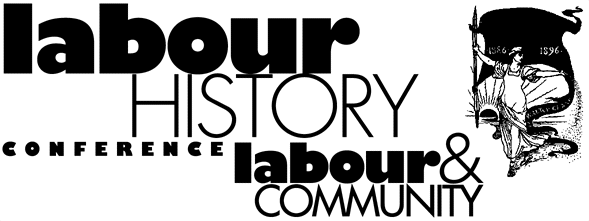Start Date
3-10-1999 4:00 PM
End Date
3-10-1999 4:30 PM
Description
The occupations of midwife, nurse and doctor have been codified in Australia and overseas in the twentieth century. The struggles for dominance of one occupation versus the other have been documented. I In twentieth century Australia midwifery has been subordinated to general nursing and medicine as midwifery training is undertaken once the general nurse training course leading to nurse registration has been accomplished. In addition, the twentieth century growth ofthe medical speciality of obstetrics and the fact that since the 1930s most births have occurred in hospitals, have subordinated midwifery to medical practice. These ideas and debates have shaped the history of midwifery which has concentrated on the issues of formal education, registration and professional ideology. This paper has a different focus. It concentrates on the women who assisted at the births of women in Australia in the period from 1856 to 1880. It uses birth registration data of one districtto uncover the extent to which women worked and earned a living as midwives. This is a preliminary analysis of this data which is part of a larger project on economic activity.2
The Reproduction of Labour Power: The Work of Midwives and 'Handywomen' in Rural New South Wales, 1850-1880
The occupations of midwife, nurse and doctor have been codified in Australia and overseas in the twentieth century. The struggles for dominance of one occupation versus the other have been documented. I In twentieth century Australia midwifery has been subordinated to general nursing and medicine as midwifery training is undertaken once the general nurse training course leading to nurse registration has been accomplished. In addition, the twentieth century growth ofthe medical speciality of obstetrics and the fact that since the 1930s most births have occurred in hospitals, have subordinated midwifery to medical practice. These ideas and debates have shaped the history of midwifery which has concentrated on the issues of formal education, registration and professional ideology. This paper has a different focus. It concentrates on the women who assisted at the births of women in Australia in the period from 1856 to 1880. It uses birth registration data of one districtto uncover the extent to which women worked and earned a living as midwives. This is a preliminary analysis of this data which is part of a larger project on economic activity.2


